The chef-turned-author says healthy protein choices lead straight to the seafood counter
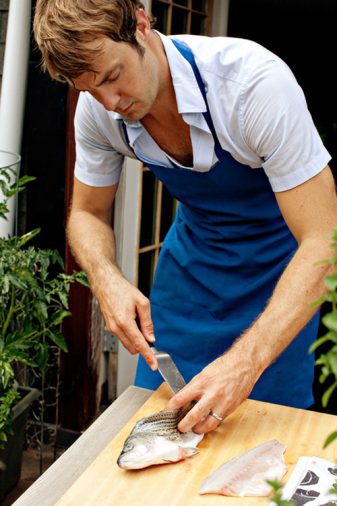 Chef ditches the District of Columbia’s white-tablecloth restaurant scene for a farmhouse in Maine? Sounds like a novel. Only Barton Seaver – who did that very thing just a few years ago – is more into cookbooks.
Chef ditches the District of Columbia’s white-tablecloth restaurant scene for a farmhouse in Maine? Sounds like a novel. Only Barton Seaver – who did that very thing just a few years ago – is more into cookbooks.
A former rising star in the capital city’s restaurant scene, who has since become a noted essayist and sustainable seafood advocate, Seaver has written six books in six years and is embarking on his biggest project to date. And it’s one hell of a big bite: “Joy of Seafood” aims to provide some 1,200 seafood recipes, with at least one for every legally landed fish species in U.S. waters. But those who know him know he’s the man for the job.
Blended with a dense travel schedule, Seaver’s literary output leaves him little free time. Since leaving restaurants in 2009, he has gained critical acclaim for his writing, landed numerous speaking engagements and earned significant academic partnerships. He’s the director of the Sustainable Seafood and Health Initiative at Harvard University’s T.H. Chan School of Public Health; he’s senior advisor in Sustainable Seafood Innovations at the University of New England; and he’s a National Geographic fellow. In other words, he eats, sleeps and breathes seafood and has gone to the ends of the world exploring its origins and cultural significance.
So to pin him down for a chat about seafood education among foodservice professionals was no small feat (Editor’s note: Seaver is a member of the Global Aquaculture Advocate Editorial Advisory Board). Chefs and servers, he said, are the point of contact for consumers and therefore play a huge role in communicating the method behind the menu.
When you were running kitchens, what baseline of knowledge did you demand of your staff – hosts, servers and preparers – when it came to details about the seafood on the menu?
I was primarily concerned that they were able to sell a story about whatever seafood it was that came into question. I never expected my staff nor the front of the house to be scientists, or to communicate biological metrics and explain in detail the science behind the fish and how it related to sustainability. But I did demand that they had a narrative story for every fish, and those stories were rooted in rigorous sustainability science. I required them to personalize that knowledge in a way that made sense to them so that they were able to communicate with customers at the point of sale.
Your best staff members must’ve sounded very knowledgeable at the dinner table, but seafood is complex. How could you tell when a server or host really understood the most important concepts about sustainability, origin and the entire back story of seafood?
It wasn’t so much that they got it, in a singular moment, because the information was always shifting and the conversation at every table was different. Some people only want a server to shut up and write down the order. Part of training the staff was not just about engaging their passion for this our mission and that they cared about the fate of the fish and the fishermen, but also that they were performing their primary professional duty, which was to be at the table and respond accordingly.
When we talk about healthy practices, I’m talking about healthy practices on the part of the consumer to view seafood in the context of dinner, rather than strictly in the context of ocean science.
When I felt that a server was truly at ease in my dining room was when they were able to respond at every level, from the senators who were meeting and talking about anything but sustainability and didn’t want anything to do with the wait staff who were merely performing a service, to Rupert Howes [Marine Stewardship Council CEO] who would sit down and grill my staff, and rightfully so. Even if they didn’t know the answer, they were eager for the challenge because they learned from it and they knew I was happy to come out of the kitchen and take over a conversation, if need be. And also when everybody on the staff, including myself, was comfortable with saying, “Good question, I don’t know.” Or, “We hadn’t considered that angle, thanks for bringing it to my attention.” Sustainability is a consistent process of learning and when you understand that, you understand how to communicate.
You advocate for using bycatch and underutilized species, for serving conscious portion sizes, placing a greater focus on vegetables, and also for recognizing “healthy” aquaculture practices. How do you define what “healthy” means in this context?
Healthy aquaculture products might be more of what I was aiming to communicate. For too long we have put the burden of sustainability only on producers and many of the tools or behaviors that I promote begin to return responsibility equally onto the shoulders of consumers. When we participate in the entire catch, meaning eating the underutilized species, we rationalize the economy of fishing by making every species equally profitable to a fisherman for the purpose that they’re equally profitable to our bodies as dinner.
With aquaculture, there are practices that are on the producers’ shoulders to adhere to, but as consumers we have a responsibility to view aquaculture products and seafood products and their sustainability through the lens of health and through an overall lens of sustainability in the context of proteins. If you go into a store looking to make a healthy choice, you’re going to end up at the seafood counter. If you go into a store looking to make a sustainable choice, in the context of proteins, you’re going to end up at the seafood counter. When we talk about healthy practices, I’m talking about healthy practices on the part of the consumer to view seafood in the context of dinner, rather than strictly in the context of ocean science. Then we incorporate and calibrate our decisions through the myriad interests that guide our decisions.
You were once somewhat opposed to aquaculture, but have changed your perspective. Were there any moments along your own journey when you recognized that fish farming could be considered responsible and worthy of your support?
There wasn’t a single epiphany or moment, rather a process of learning, during which I began to add variables into the calculations I was using to make my decisions. Part of this is because – and not to discredit – but many NGOs and many if not most sustainability communications through chef-education programs tend to simplify things and present a singular context. Quite frankly, that’s how they’re effective, because chefs have limited time, attention or background to do these complex multi-variable algorithms that lead to a yes or no answer.
Fortunately, I began to have time to do deeper research as I was no longer running restaurants. Chefs are busy people. When I stopped running restaurants and had time to learn, to think, to read, to converse with people and to travel and explore, the knowledge available to me was greater than that available to the vast majority of chefs.
I began to see advocacy as telling a single side of a story and often with the purpose of rallying people behind a specific cause. Sustainability has become more about soundbites than about long-form narratives. And again, I am not faulting anyone for this. God bless Monterey [Bay Aquarium] for what they’re trying to do and for how much education they have given to so many. It’s a very positive thing. But my track broadened as I began to see the public health impacts of aquaculture, in terms of workers, in terms of environmental health, in terms of what we’re choosing to eat for dinner and what we’re not choosing to eat for dinner, and how my words and actions have an effect on that.
Humans can be no healthier than the food that we eat. The food that we eat can be no healthier that the environment that it comes from. If A equals B, and B equals C, then humans can be no healthier than the environment in which they live.
I remember well standing in front of the National Organic Standards Board, arguing vociferously and passionately against the scourge of farmed salmon, how dare they even consider it for organic. In retrospect, I wish I would have known a little bit better back then. Promoting aquaculture is a better health outcome for all involved. Frankly, given a lot of research that’s come out in the context of proteins, it is a better environmental choice. Generally, I evolved my position to see that buy-cotts are far more effective than boycotts. If you want to change the system you have to interact with the system. Just saying no to “farmed and dangerous” doesn’t help anything.
Additionally, aquaculture is expanding far beyond the species that have been so controversial. For example, the evolution of seaweed or seagreen farming is a reversal of the typical dichotomy of unsustainable/sustainable as these food production systems improve the quality of ecosystems and economic resilience of maritime communities. I see this work firsthand in Maine where amidst many industry champions, Dr. Barry Costa-Pierce at the University of New England is leading the evolution of aquaculture beyond sustainability to being restorative in the impact it has on our planet and its people. I’ve become such a convert that I now proudly teach at UNE and work to advise and promote the development of markets for these exciting products.
Let’s say you’re a buying food for a small restaurant company just beginning a growth phase, and your seafood purchasing will expand. You now must procure dependable menu items but you also find that you want or need some sort of sustainability policy. What’s a sensible approach?
In America, we have the option and opportunity to just blanket-statement say, “Buy domestic.” Though we are certainly lacking and far behind in terms of promotion and enabling aquaculture in this country, we have the opportunity to say, “Hey, what we do here, we do right.” There comes a very easy story to sell at the table at that point; a “Made in the USA” sticker means an awful lot. I don’t suggest that at the exclusion of other countries, by no means. But in speaking to American chefs, plain and simple, it’s only fair to them to mention.
[Eco-labels] are great tools. They are wonderful points of leverage that we should use. But if I’m scaling up buying I need consistency and if I’m also looking for a sustainability element, buying domestic is great for the reasons I’ve mentioned. Beyond that, looking at other countries, we get down to the producer level and start looking to ASC, MSC, GlobalGAP, BAP. There’s two ways to go. One is individual producer, and knowing those products. The other, and I think the one that I’d prefer, is knowing the processes and regulations under which certain countries operate. If you can say that everything that happens in Norway happens under a certain set of guidelines that are by and large sustainable and progressive and pushing the envelope in getting ever closer to sustainability, then OK, Norwegian salmon is good. That’s an important message that chefs can espouse.
Are food writers and chefs with a platform doing their community a disservice by shunning the big players in food distribution in favor of artisanal producers, implicating that food from larger companies is inherently bad because it’s mass-produced?
Small restaurants will always be small restaurants. Their sex appeal, their messaging, and their identity, is very independent. Why would you spend $100 for dinner with me instead of the guy down the street or the girl up the street? It’s because of what I do differently, what I am communicating, and my idea of creativity. You’re really investing in the identity, character and charisma of that chef. I don’t think that level – the white-tablecloth level – is designed to embrace the large-scale production. It’s sort of operating in a different sphere, and it’s not for better or worse. It’s more of an artisanal universe.
But when it comes to the outsized voice that white-tablecloth chefs have, I think all too often we blanket-statement, right off, that anything that’s big is bad. And that truly is unfair and it’s antithetical to our goals. If your goal is simply nothing but artisanal producers, and on every block there should be a farmer, well, we’re inherently at odds in terms of world views. I get that, but if you want a sustainable world you have to talk to Walmart, you have to talk to Sysco. If you want to change agriculture, talk to the people who patented it, like Monsanto and the groups that have the power to change, the ability, the capacity, the infrastructure, the cold chain, the sales force, the knowledge and the money that can actually invest in shifting systems.
For instance, what I’ve seen of Sysco, when I talked to [senior director of seafood] Eric Buckner and Portico Seafoods, what they’re doing is truly inspiring. Because they are making a dedicated and authentic effort to understand seafood sustainability as it applies to their business model and how it works in their sales environment and to accurately and honestly and compassionately communicate that through their sales people. I really do believe in the authenticity of their efforts and their desire to see all of their competitors join them on their course of learning.
The Harvard T.H. Chan School of Public Health is striving to connect human health with environmental health. Make that connection for me, using as few dots as possible.
Simple geometric proof: Humans can be no healthier than the food that we eat. The food that we eat can be no healthier than the environment that it comes from. If A equals B, and B equals C, then humans can be no healthier than the environment in which they live.
Author
-
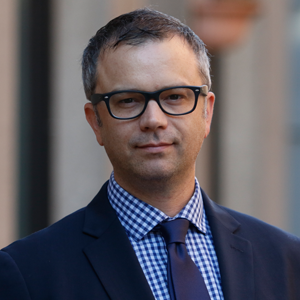
James Wright
Editorial Manager
Global Aquaculture Alliance
Portsmouth, NH, USA[103,114,111,46,101,99,110,97,105,108,108,97,97,103,64,116,104,103,105,114,119,46,115,101,109,97,106]
Tagged With
Related Posts
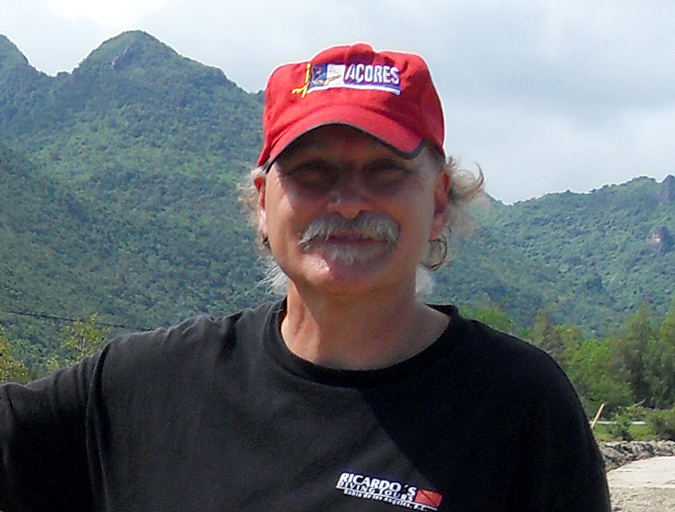
Innovation & Investment
Aquaculture Exchange: Barry Costa-Pierce, UNE
University of New England Professor Barry Costa-Pierce says aquaculture is often neglected in studies examining ocean health and ecosystem and resource management. The “Ocean Prosperity Roadmap” released this summer, he said, was more of the same.
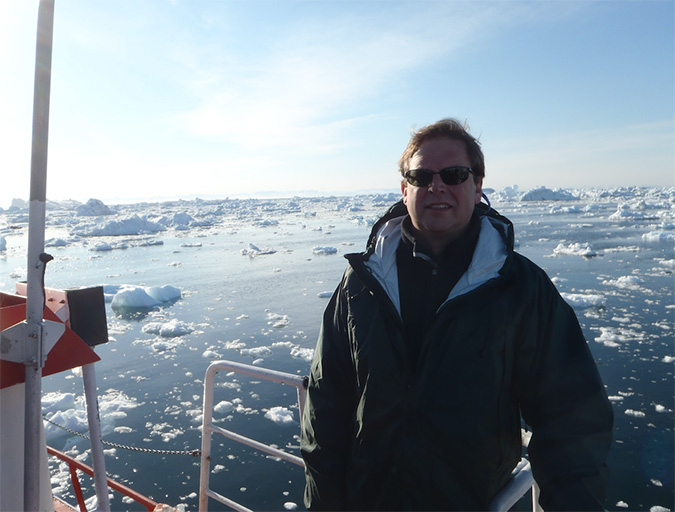
Innovation & Investment
Aquaculture Exchange: Sebastian Belle
The executive director of the Maine Aquaculture Association talks to the Advocate about the diverse and growing industry in his state (oysters, mussels, kelp, eels and salmon) and how aquaculture should be used as a rural development tool.
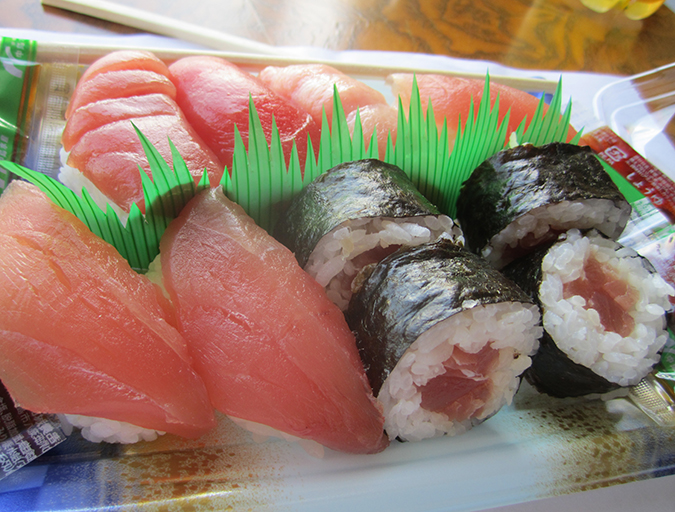
Intelligence
For healthy eating, we are what we allow
Many current eating habits have negative results for our health, lending credence to “you are what you eat.” Eating habits can be changed, and increasing seafood consumption can provide numerous health benefits, including as a significant source of critical micro-nutrients, vitamins and minerals. Seafood should have its own spot in our dietary food pyramid.

Intelligence
Off the Knife with Bruce Mattel, Culinary Institute of America
Our new interview series with foodservice professionals begins with Bruce Mattel, senior associate dean of culinary arts at The Culinary Institute of America (CIA). We’ll pry open the minds of some notable chefs who know seafood and are making statements about sustainability in their restaurants and beyond.

